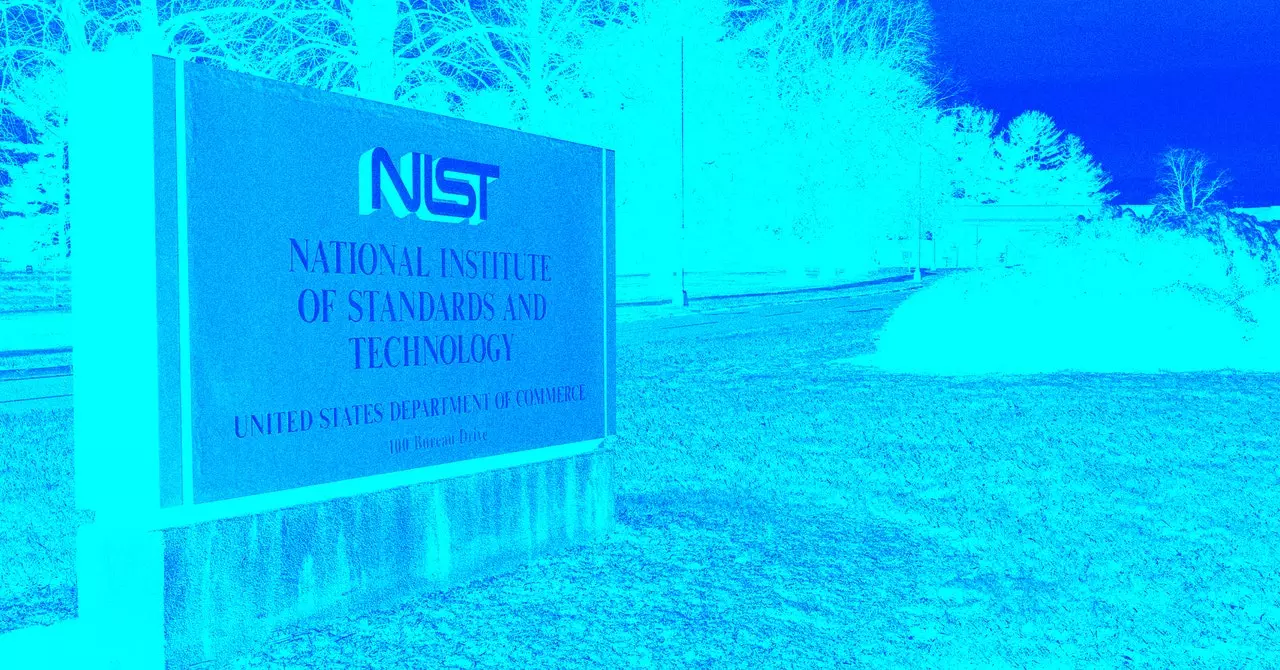In recent weeks, the National Institute of Standards and Technology (NIST) has found itself at the center of considerable upheaval, stemming from sweeping governmental changes initiated by the Trump administration. While NIST has traditionally played a critical role in setting benchmarks across numerous sectors—from beauty products to advanced quantum computing—the current climate raises concerns about its future viability and the possible ramifications of impending layoffs. Reports indicate that as soon as this week, significant cuts could impact the workforce, particularly targeting recent hires still on probation.
The Influence of NEW Leadership
The environment surrounding NIST has shifted significantly since the Trump administration assumed power. Observers noted that a new directive from the administration has catalyzed a campaign, led in part by influential technology figures, to reassess governmental spending. Notably, Elon Musk’s involvement, alongside an organization dubbed the Department of Government Efficiency (DOGE), signals a profound departure from the agency’s previously stable operational structure. The immediate consequence? Anxiety among employees regarding their job security and the potential restructuring of essential functions within the agency.
Hearing the buzz surrounding various sightings of DOGE personnel inside NIST facilities not only raises eyebrows but also fuels speculation about the future. Reports claim that these individuals sought access to the institute’s IT systems, indicating a level of integration that could disrupt existing frameworks. As NIST’s leadership downplays the purported collaboration, the reality of their presence underscores a growing shift toward privatization and external oversight.
Media outlets such as Axios and Bloomberg have reported that preliminary measures for layoffs are underway. Employees have been informed, with approximately 500 probationary staff members poised to be affected. As the speculation mounts, there are concerns that skilled technical experts—including newly appointed lab directors—could find themselves on the chopping block. Such cuts would not only strip the workforce of valuable knowledge and expertise but also raise questions about NIST’s ability to fulfill its core mission.
Among the most worrying aspects of this situation is the impact on developing sectors like artificial intelligence (AI). Established only recently, the AI Safety Institute (AISI), which was initiated following a prior executive order under President Biden, is now caught in a precarious position. With Trump’s quick reversal of AI safety measures, the continuity of AISI and its supporting structures hangs in the balance.
The recent exodus of high-profile leaders from NIST has further complicated the agency’s operational landscape. As key personnel such as Elizabeth Kelly, Reva Schwartz, and Elham Tabassi depart, their absence will be felt across various AI initiatives. Their advocacy for safety measures and risk assessment was pivotal in guiding the agency’s interactions with leading AI firms. Kelly’s resignation represents not just a personal loss but a significant setback for an organization desperate for stability amid shifting priorities.
Vice President JD Vance’s statements during the AI Action Summit only compound the anxiety surrounding future AI policy in the U.S. His dismissal of AI safety as a topic of immediate concern sends a disheartening message to researchers and tech organizations alike. The decision to deprioritize such critical discussions may hinder advances in technology that have the potential to redefine standards for safety and reliability.
Looking Ahead: A Fragile Future
As NIST grapples with unprecedented uncertainty, the landscape suggests a daunting path ahead. The potential layoffs of dedicated employees, the departure of notable leaders, and a conspicuous shift in policy priorities highlight an agency at a crossroads. If NIST hopes to maintain its role as a leader in establishing trusted benchmarks across various industries, a careful re-evaluation of priorities and preservation of its workforce will be essential.
For employees, stakeholders, and technology aficionados alike, the next steps for NIST will be crucial. Will the agency bend under the weight of political budgetary constraints, or will it forge a new vision for its future that preserves its mission? Only time will tell, but the winds of change are unmistakably blowing.


Leave a Reply